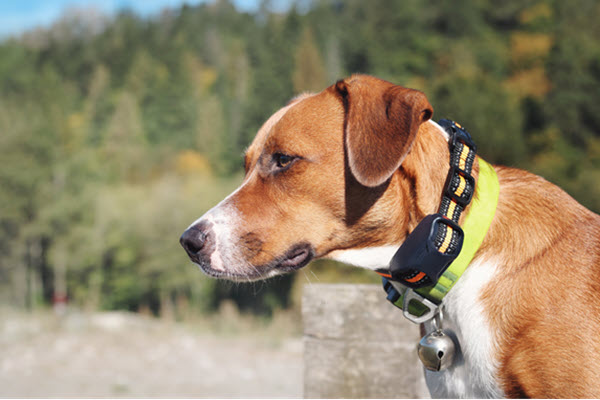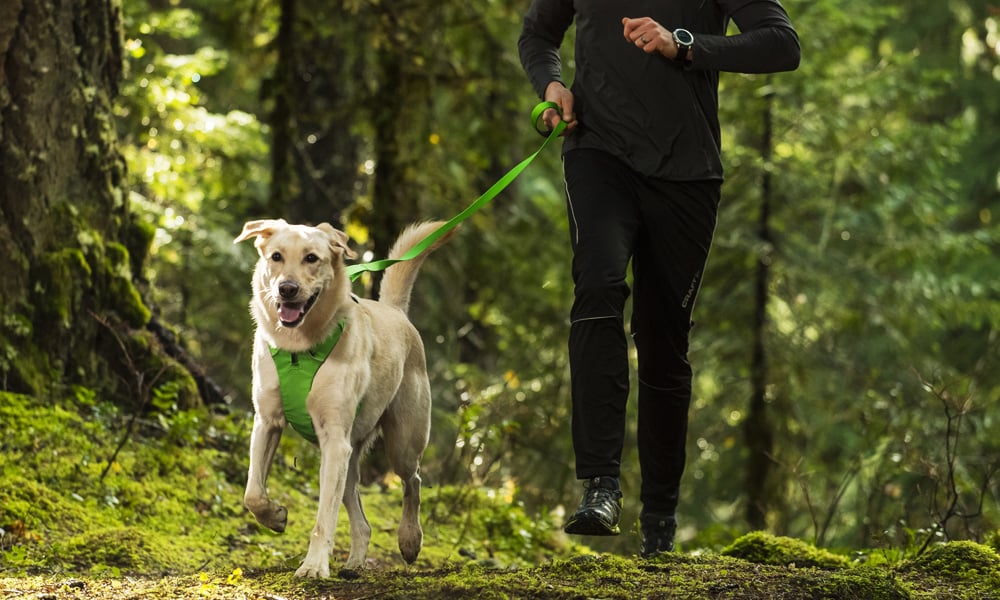As a Professional entrusted with the task of exploring the depths of using a dog leash and collar, my mission is to provide profound insights into avoiding common mistakes. In this comprehensive guide, I will address a diverse range of topics related to dog leash and collar usage, ensuring that dog owners can navigate this essential tool with confidence and safety.
Choosing the Right Dog Leash and Collar
Before we delve into the common mistakes to avoid, it is crucial to understand how to choose the right dog leash and collar. This section will guide you through the process, ensuring you make an informed decision.
Leash Material and Length
The material and length of the leash play a vital role in ensuring control and comfort for both you and your dog. Opt for a durable material like nylon or leather, which can withstand pulling and tugging. Additionally, consider the length based on your dog’s size and behavior. Shorter leashes provide better control, while longer ones allow more freedom of movement.
Collar Type
Collars come in various types, including flat collars, martingale collars, and harnesses. Each type serves a different purpose, so it’s essential to choose the one that best suits your dog’s needs. Flat collars are ideal for everyday use, while martingale collars offer more control for dogs that tend to pull. Harnesses are great for dogs with neck or respiratory issues.
Proper Fit
Ensuring the leash and collar fit properly is crucial to your dog’s comfort and safety. A loose collar can easily slip off, while a tight one may cause discomfort or even injury. Measure your dog’s neck size accurately and adjust the collar accordingly. The leash should also allow for a comfortable grip without causing strain on your hand or wrist.
Common Mistakes to Avoid When Using a Dog Leash and Collar
Now that we have covered the basics of choosing the right leash and collar let’s explore the common mistakes dog owners make when using them. By being aware of these pitfalls, you can ensure the utmost safety and enjoyment for both you and your furry friend.
Improper Leash Handling
One of the most common mistakes dog owners make is improper leash handling. Avoid wrapping the leash around your hand or wrist, as this can lead to injuries if your dog suddenly pulls or lunges. Instead, hold the leash firmly but with a relaxed grip, allowing for quick and easy release if necessary.

Using a Retractable Leash in Unsafe Environments
Retractable leashes can be convenient, but they are not suitable for all environments. Avoid using them in crowded areas or near busy roads, as they can pose a safety risk. The long length of the leash may allow your dog to wander too far or even get tangled with other dogs or objects. Always look to buy dog leash & collar of standard quality in such situations for better control.
Inconsistent Leash Training
Proper leash training is essential for both puppies and adult dogs. Consistency is key when teaching your dog to walk on a leash without pulling or exhibiting unwanted behaviors. Avoid yanking or pulling the leash as a punishment, as this can create fear or aggression in your dog. Instead, use positive reinforcement techniques and reward good behavior.
Neglecting Regular Inspections
Over time, leashes and collars can wear out or become damaged. It is crucial to regularly inspect them for any signs of wear and tear. Check for frayed edges, loose stitching, or weak clasps. Replace any worn-out parts immediately to prevent accidents or escapes.
Using a Collar as the Sole Restraint
While collars are essential for attaching identification tags and walking purposes, they should not be the sole restraint for your dog. If your dog tends to pull or is particularly strong, consider using a harness in conjunction with the collar. This provides better control and reduces the risk of neck injuries.
Conclusion
In conclusion, knowing how to avoid common mistakes when using a dog leash and collar is crucial for the safety and well-being of both you and your furry companion. By choosing the right leash and collar, handling them properly, and avoiding common pitfalls, you can create a positive and enjoyable walking experience for both of you. Remember to always prioritize your dog’s comfort and safety when using a leash and collar, and never hesitate to seek professional guidance if needed. Happy walking!




